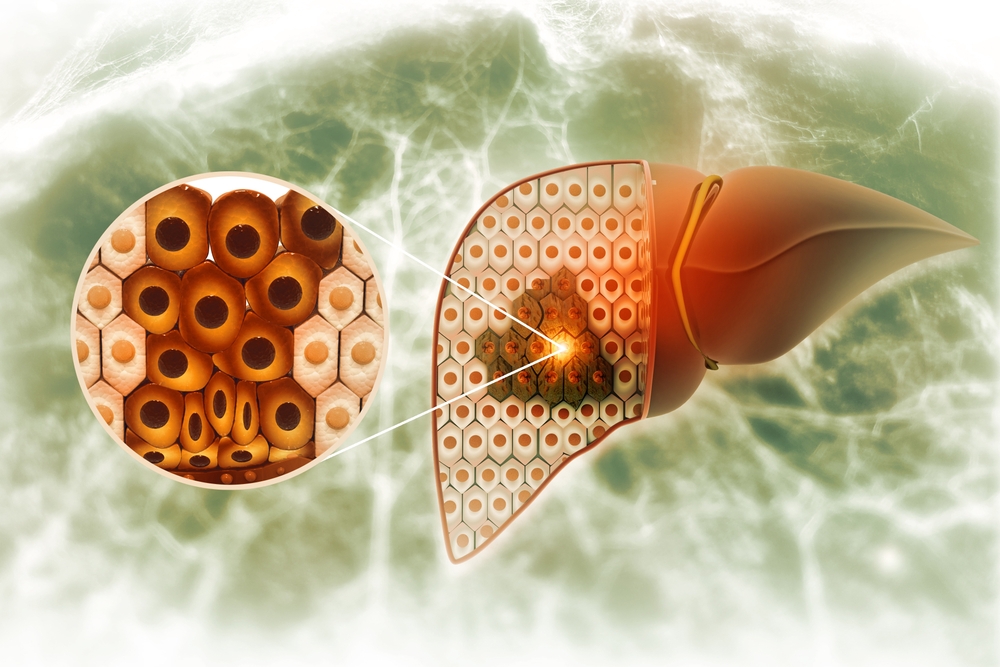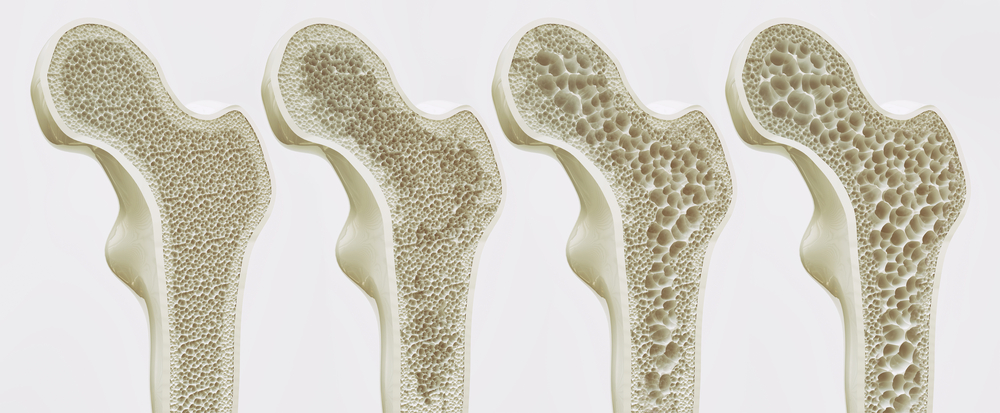This is the seventh blog in a new series discussing pathologies that can be found in seniors. The seventh blog will focus on steatohepatitis.
Steatohepatitis is defined by steatosis (fatty liver) and hepatocyte (liver cell) injury. Three pathological features are required for a diagnosis of steatohepatitis: steatosis, hepatocyte swelling, and inflammation.
Mallory bodies, also known as Mallory-Denk bodies or Mallory hyaline, may be present in steatohepatitis. They are homogenous, irregularly shaped proteins found within the cytoplasm of hepatocytes. Mallory bodies can be found in several other diseases such as Wilson disease, drug-induced liver injury, and hepatocellular carcinoma.
There are also common features that are found in steatohepatitis but are not required for a pathological diagnosis. These include fibrosis (scarring), glycogenated nuclei, lipogranulomas (collections of inflammatory cells associated with fat droplets), Mallory bodies, megamitochondria, and mild hepatocellular iron deposition.
Steatohepatitis can lead to progressive liver damage and complications if left untreated, highlighting the importance of early diagnosis and management. Treatment typically involves lifestyle modifications to address underlying risk factors, such as weight loss, dietary changes, exercise, and alcohol cessation in the case of alcoholic steatohepatitis. In some cases, medications may be prescribed to manage associated conditions like diabetes or dyslipidemia, and close monitoring is necessary to assess liver function and disease progression.
Love them without losing yourself. The Boom Health app helps you manage your loved one’s home care in one app. Download the app from the App Store or Google Play Store.
This article is not intended to be a substitute for professional medical advice or diagnosis. Always seek the advice of your physician or another qualified health provider with any questions you may have regarding a medical condition.





